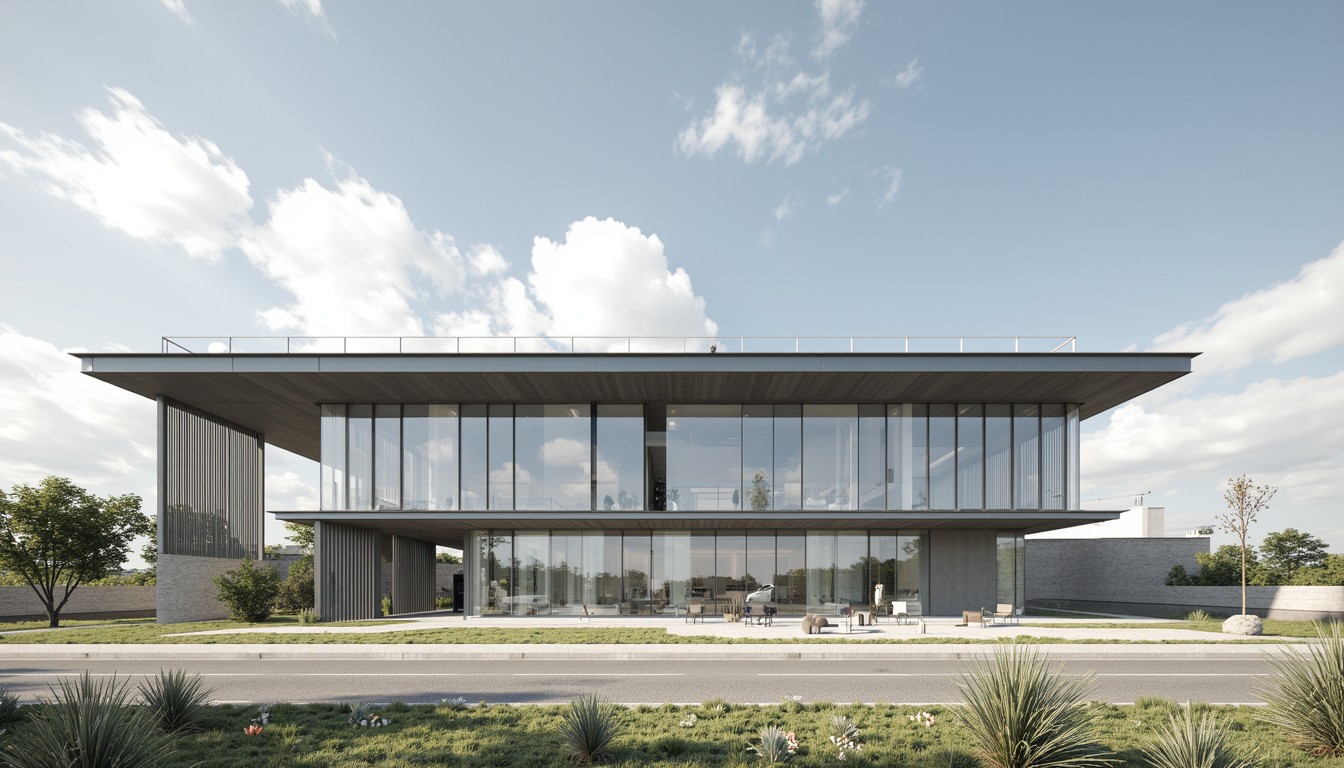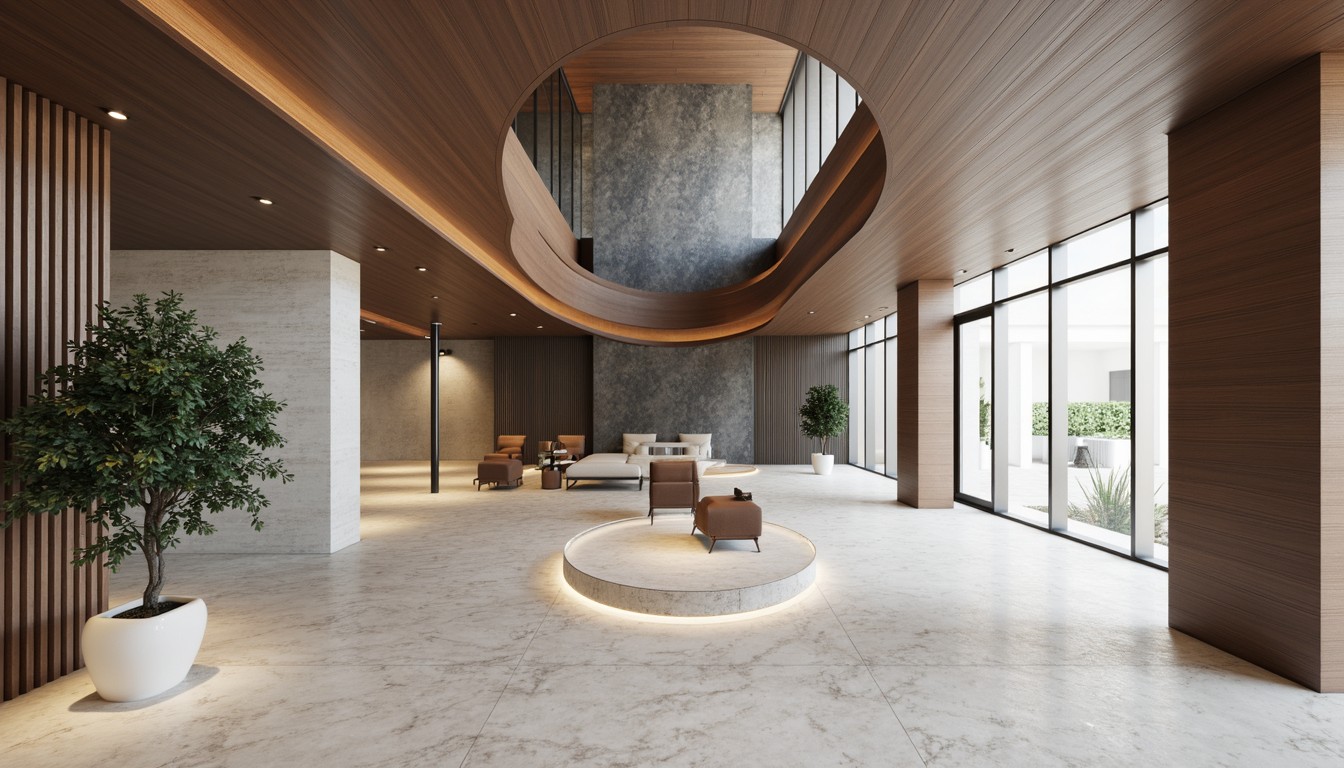AI-Powered Space Planning: A Design Revolution
The architectural landscape is undergoing a dramatic transformation, driven by the rapid advancement of artificial intelligence (AI). No longer a futuristic fantasy, AI is actively reshaping how architects and designers approach space planning, offering unprecedented levels of efficiency, creativity, and precision. This article delves into the exciting world of AI-powered space planning, exploring its benefits, real-world applications, and the future it promises for the industry.
The Rise of AI in Architectural Design

For years, architects relied heavily on manual drafting, 2D plans, and physical models. While these methods remain valuable, they are time-consuming and can limit exploration of design possibilities. AI, with its ability to process vast amounts of data and identify patterns, offers a powerful alternative. AI-powered tools can automate tedious tasks, generate multiple design iterations quickly, and optimize space utilization based on specified criteria.
Key Benefits of AI in Space Planning:
- Increased Efficiency: AI automates repetitive tasks, freeing up architects to focus on creative problem-solving and client interaction.
- Enhanced Creativity: AI can generate novel design concepts that might not occur to human designers, pushing creative boundaries.
- Improved Accuracy: AI minimizes errors in calculations and ensures compliance with building codes and regulations.
- Optimized Space Utilization: AI algorithms analyze space requirements and optimize layouts for maximum efficiency and functionality.
- Faster Iteration and Feedback Loops: AI allows for rapid prototyping and testing of design options, facilitating faster feedback cycles.
Real-World Applications of AI in Space Planning

AI's impact on space planning is already being felt across various sectors:
1. Residential Design:
AI can help optimize the layout of homes based on family size, lifestyle, and budget. It can suggest furniture placement, lighting schemes, and even predict energy consumption patterns.
2. Commercial Spaces:
For offices, retail spaces, and restaurants, AI can analyze foot traffic patterns, optimize product placement, and enhance the overall customer experience. AI can also assist in creating flexible workspaces that adapt to changing needs.
3. Healthcare Facilities:
In hospitals and clinics, AI can optimize workflow, improve patient flow, and ensure compliance with infection control protocols. It can also assist in designing spaces that promote healing and well-being.
4. Educational Institutions:
AI can help design schools and universities that foster collaboration, learning, and accessibility. It can optimize classroom layouts, library spaces, and common areas to maximize their effectiveness.
AI Tools and Technologies
Several AI-powered tools are revolutionizing space planning, including:
- Generative Design Software: These tools use algorithms to generate multiple design options based on specified parameters, allowing architects to explore a wide range of possibilities.
- Machine Learning for Space Optimization: ML algorithms analyze data to optimize space utilization, maximizing efficiency and minimizing waste.
- Virtual and Augmented Reality Integration: AI enhances VR/AR experiences, allowing clients to virtually walk through their future spaces and provide real-time feedback.
- Building Information Modeling (BIM) Integration: AI is increasingly integrated with BIM software, streamlining the design and construction process.
Challenges and Considerations

While AI offers immense potential, it's crucial to acknowledge certain challenges:
- Data Requirements: AI models require large datasets for training, which can be a hurdle for some projects.
- Computational Resources: Running sophisticated AI algorithms requires significant computing power.
- Ethical Considerations: It's essential to ensure that AI tools are used responsibly and ethically, avoiding bias and promoting inclusivity.
- Human Oversight: While AI can automate many tasks, human expertise remains crucial for creative direction, critical thinking, and ethical decision-making.
ArchNav: Leading the AI Revolution in Architectural Visualization
At ArchNav, we embrace the transformative power of AI to deliver exceptional architectural visualization services. We leverage cutting-edge AI technologies to create stunning, realistic renderings that help architects and clients visualize their projects with unprecedented clarity. Our AI-powered tools enhance efficiency, precision, and creativity, allowing us to deliver high-quality visualizations faster and more cost-effectively.
We understand the challenges of integrating AI into architectural workflows, and we are committed to providing seamless and intuitive solutions. Contact us today to learn how ArchNav can help you leverage the power of AI to bring your vision to life.
